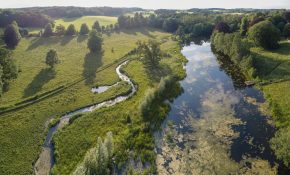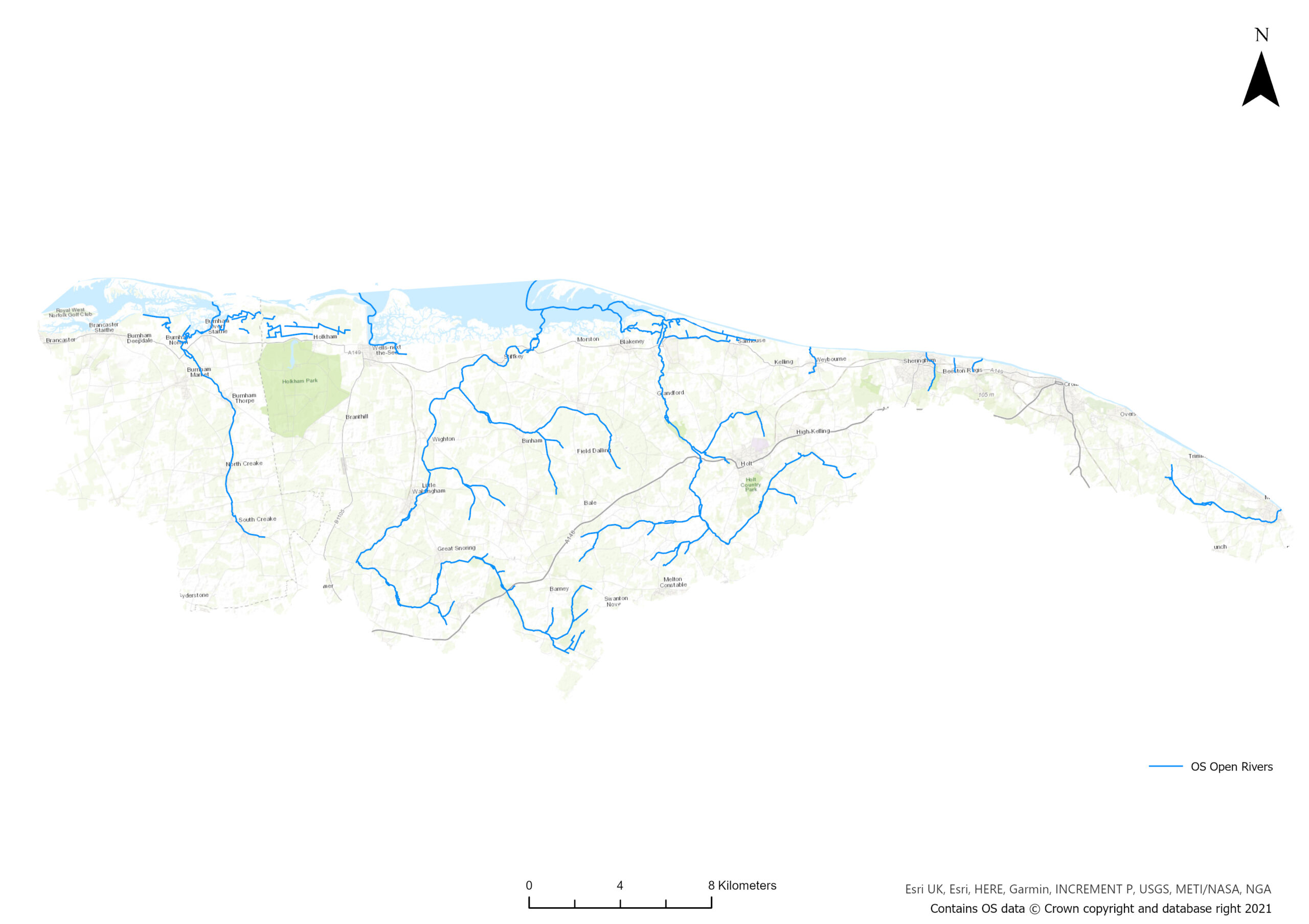North Norfolk Catchment Partnership
About
As part of the national Catchment Based Approach (CaBA) movement, the North Norfolk Catchment Partnership (NNCP) brings together communities, organisations and businesses at a river catchment scale with a shared common goal of protecting and enhancing our water environment.
Click on the map below to enlarge and zoom in.
Partners
Partners of the NNCP include:
Vision and opportunities
Our vision is to have natural, healthy aquatic landscapes with thriving wildlife, while supporting local industry and agriculture. We envisage more access to the public for well-being and recreation.
As a group, we have identified the top 3 current challenges facing our river catchment:
- Physical modification of river channels – negatively impacting the flow regime, wildlife and groundwater recharge.
- Pollution from rural areas – including run-off from agricultural land and road verge damage.
- Pollution from towns, cities and transport – including industrial waste, wastewater and litter.
These challenges are a priority for action.
Action
The NNCP has undertaken a number of projects to address the aforementioned challenges. Highlights include:
- Beaver reintroduction to improve water quality and boost habitat complexity and biodiversity – upper Glaven.
- Ecological improvement at Selbrigg – upper Glaven.
- Gravel riffle creation – middle Glaven.
- New river channel at Bayfield – lower Glaven.
- Catchment-scale silt management – upper Glaven.
- Integrated Constructed Wetland creation at Langham.
- The Green Recovery Challenge Fund has been used to deliver crucial ecological restoration in the Stiffkey catchment, including Fenland restoration near Saxlingham; Wet woodland and wetland creation near Barney and Binham stream restoration at Langham.

River restoration and wet habitat creation near Saxlingham
Other education and engagement highlights include:
- Connecting hundreds of local school children with their local chalk river through ‘The Glaven Eel‘ project.
- Working with four schools to teach children about microplastics and the harm they can cause, including conducting beach surveys as part of ‘The Big Microplastics Survey‘.
Forward look
The NNCP has identified the following top challenges facing the catchment from 2020 to 2050:
- Changes to natural flow and water levels.
- Pollution from wastewater.
- Pollution from towns, cities, and transport.
Work is currently taking place on the river Stiffkey to address water quality issues by building integrated constructed wetlands to filter phosphates, nitrates and ammonia before water returns into the river. Large sections of the historically heavily modified river channel will be re-meandered to mimic a more natural functioning, morphologically diverse river channel (between Warham and Wighton) and some of the arable fields will be reverted to species-rich wildflower meadows.
To find out more or get involved, please contact Ursula at [email protected]

Signs of activity at the Glaven beaver enclosure © Greg Armfield / WWF-UK

Invertebrate sampling on the river Glaven near Letheringsett © Greg Armfield / WWF-UK










